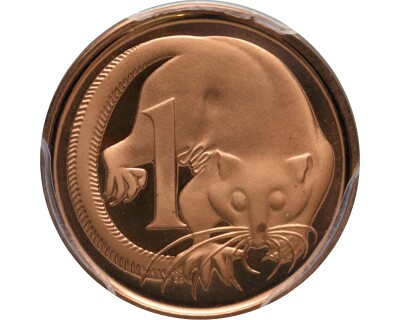Cleaning Coins
Blast white versus toning
Defenders of coin cleaning often reduce the debate to a literal black and white debate, that being, coin cleaners prefer white coins, everyone else prefers black coins. This is not true at all, in fact, coins toned dull black are almost certainly cleaned because a naturally toned coin will still have its grooves intact leading to an iridescent finish while a harshly cleaned coin will not, leading to a dull black once it tones.
For this reason, identifying cleaned and natural coins based on whether they're toned or not does not work. Instead, one must focus on the damage done by the cleaning.











